INTERVIEW: David Brailsford about Garrick and British Watchmaking
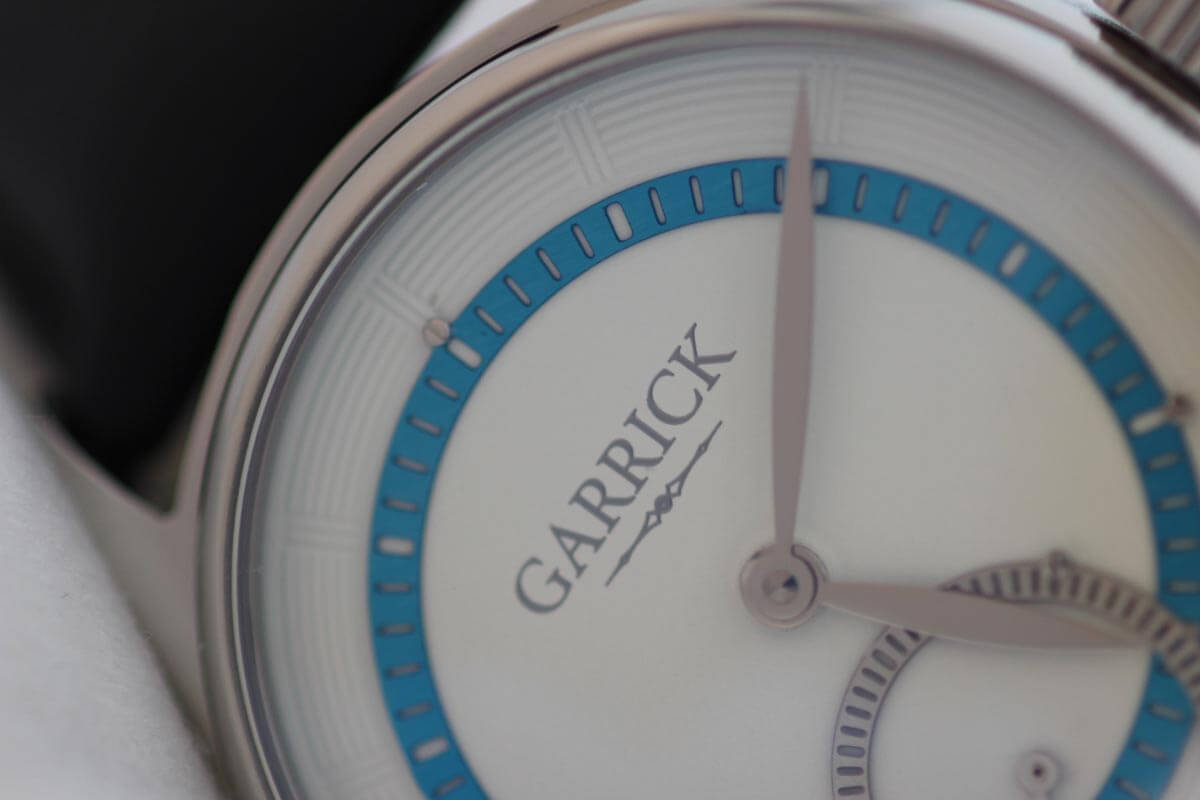
This week we had the pleasure of sitting down with David Brailsford, the Founder of Garrick Watches to discuss British watchmaking, collaborations and what the future holds for the brand. Garrick was launched only last year, and they’ve already introduced a second model, the Hoxton with calibre SM302. Our new reporter from the UK, London-based Justin Hast, sat down with David Brailsford to learn more about Garrick and its future plans.
For starters some photos of the Shaftsbury that was introduced last year. In our write-ups on this piece, which also covered a part of history of British watchmaking, we told you about its seriously modified movement that is equipped with a free sprung balance – that plus some of the new bridges are made in Britain. Click here to read more about the Garrick Shaftsbury.
The photos below show the Garrick Hoxton. Now on to the interview!
Mono: Why do you feel there has been a resurgence of British Watchmaking?
DB: I don’t feel that there has been a resurgence of watchmaking. There has certainly been a resurgence in British watch brands but not necessarily watchmaking. Britain has some great watchmakers, however, starting a watch brand is prohibitively expensive, indeed it is extremely difficult to build a watch in this country. The industrialised production of watches has seen the Swiss and Germans become the dominant players in the market enjoying great economies of scale.
Mono: What percentage of your business is bespoke commissions?
DB: Approximately 50% but we hope to increase this to 90%
Mono: What attracted you to the Unitas movement for both the Shaftesbury and Hoxton?
It was always our intention to build a hand-wound watch. The Unitas 6498 has been a reliable movement for many years. The movement facilitates modification allowing us to fulfil the needs and expectations of our clientele.
Mono: Where did you get the names for both models from?
DB: As a British brand, we wanted names that were synonymous with our great nation.
Mono: Why did you choose to have a free sprung balance wheel?
DB: We felt it was very important to create something unique and showcase our in-house technical expertise. A free-sprung balance using Invar, a thermally compensated alloy for the balance wheel and a Nivarox hairspring conferred benefits in terms of accuracy, however we appreciate that this approach would prove difficult for large organisations to serially produce reaffirming our belief that small is beautiful.The watch is accurate to +3 seconds irrespective of the position in which the watch is held in.
Mono: Why did you choose to finish the bridges with a Côtes de Genève style?
DB: It was very important to showcase traditional watchmaking skills. I think our clients take great delight in knowing that every movement is finished by hand. We chose to impart the Cotes de Geneve motif to the bridges employing a narrow stripe. This accentuates the slim bridges which freely disclose the micro-mechanics beneath.

Mono: Do you feel dress watches are moving towards smaller proportions (as seen in years gone by) as apposed to the seemingly larger and larger trend?
DB: Yes, I do. I have never been a fan of larger watches and have always found that most collectors dislike oversized wristwatches and I perceive that cases of 39-40mm will prove popular in the future. It is worth mentioning that the diameter of the movement dictates the size of the case.
Mono: Your dials and hands are made in-house, can you tell us a bit more about how you developed these?
DB: We turn the dial on a lathe from brass or aluminium and these are known as dial blanks. All surfaces have to be extensively cleaned prior to the pattern being imparted to the dial surface using engine turning techniques. This process alone takes one hour per dial. Thereafter, we bead blast the dial to remove any imperfections prior to it being dispatched to a local company to be anodised. Alternatively some dials are enamelled by our in-house artisans. The chapter rings are secured to the dial using either stainless steel or thermally blued screws. Our thermally blued screws are heat treated by hand, on a bed of copper filings.
Many people inquire as to why we don’t countersink the screws. The rationale for our decision was to confer depth to the dial surface. Furthermore, we wanted to accentuate the blue hues of the thermally blued screws which glisten in ambient light. Part of the Garrick paradigm is the concept of bespoke, therefore if a customer wants the screws to be countersunk we will gladly accede to their request. Potentially every Garrick watch is unique.
Mono: What is your vision for Garricks movements in the future?
DB: We are very proud to have Simon Michlmayr FBHI as part of our creative team. Simon along with a talented team of English based Swiss trained watchmakers, craft timepieces by hand to exacting standards.
It is important to Garrick that we continue to innovate new movements and timepieces and we are actively progressing new concepts and designs.
We are currently working on some exciting projects which include plans for a new movement.
Mono: As we see more and more brands collaborate with groups and societies do you foresee Garrick doing the same in the future?
DB: Absolutely. Watch this space!
Mono: What does 2015 have in store for Garrick?
DB: We are delighted with our journey so far, however, we are not complacent and recognise that both challenges and opportunities lie ahead. We plan further innovative products imbued with a high degree of British content.
We believe that whilst we are a small company, compared to most larger players, this bestows benefits such as flexibility, short lead times and the capacity to meet individual needs and it is for this reason we are optimistic for the rest of 2015 and beyond.


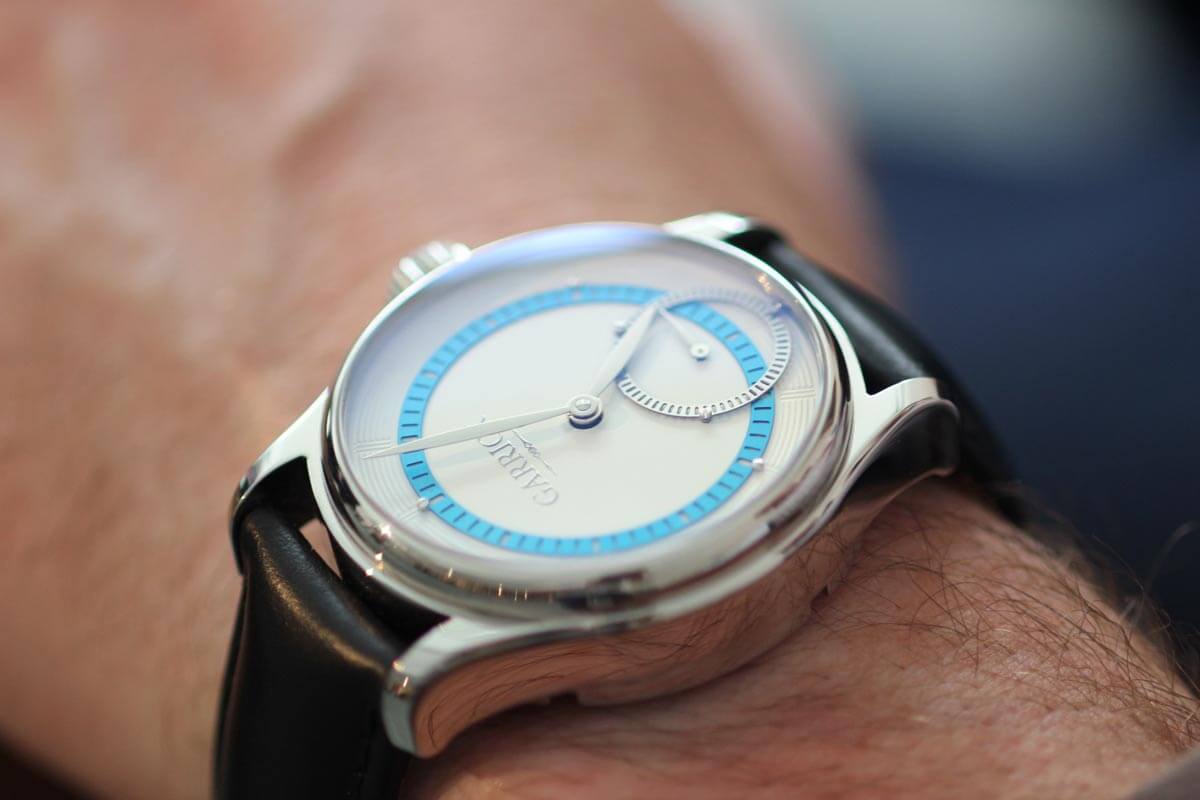
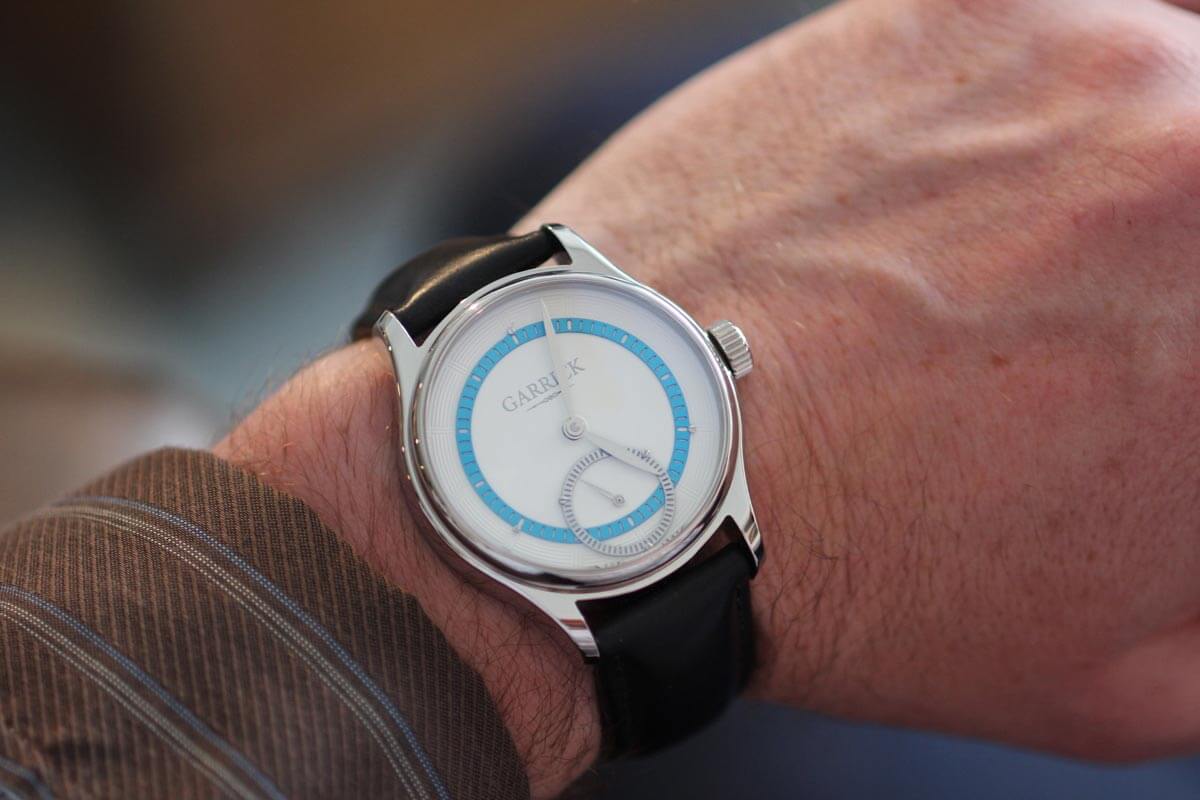


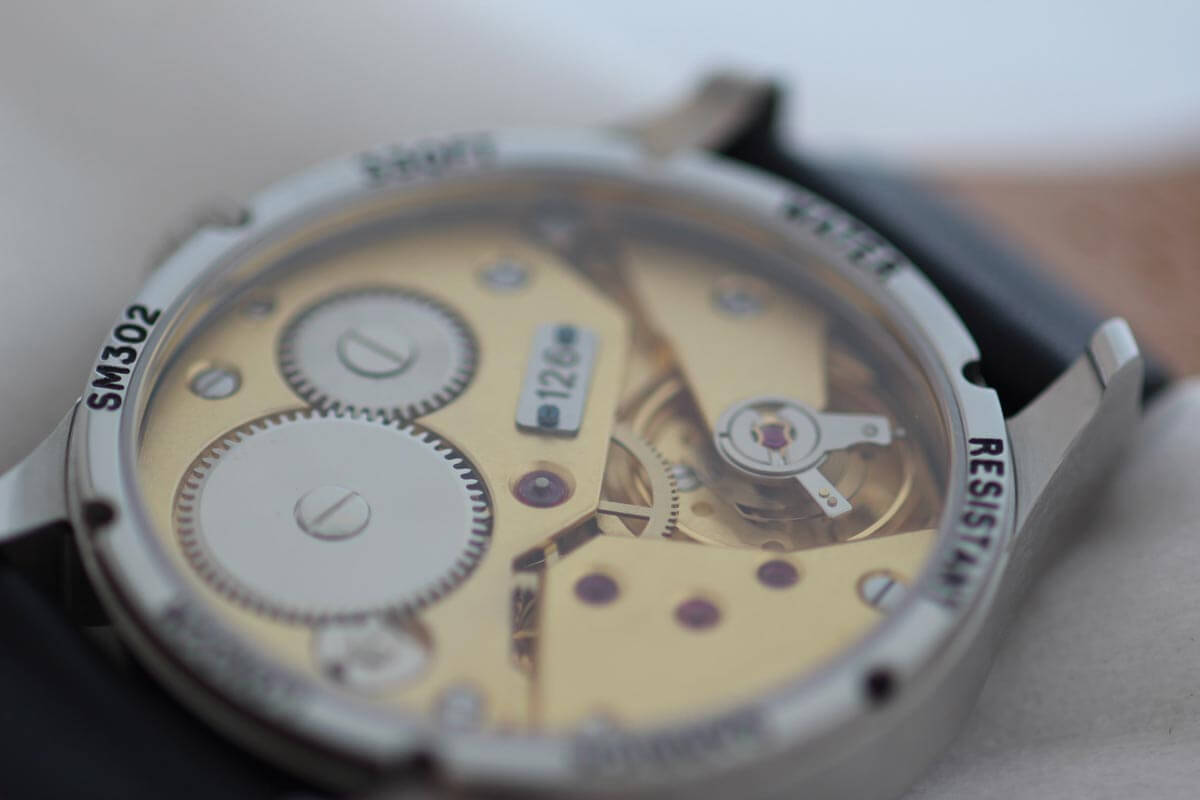

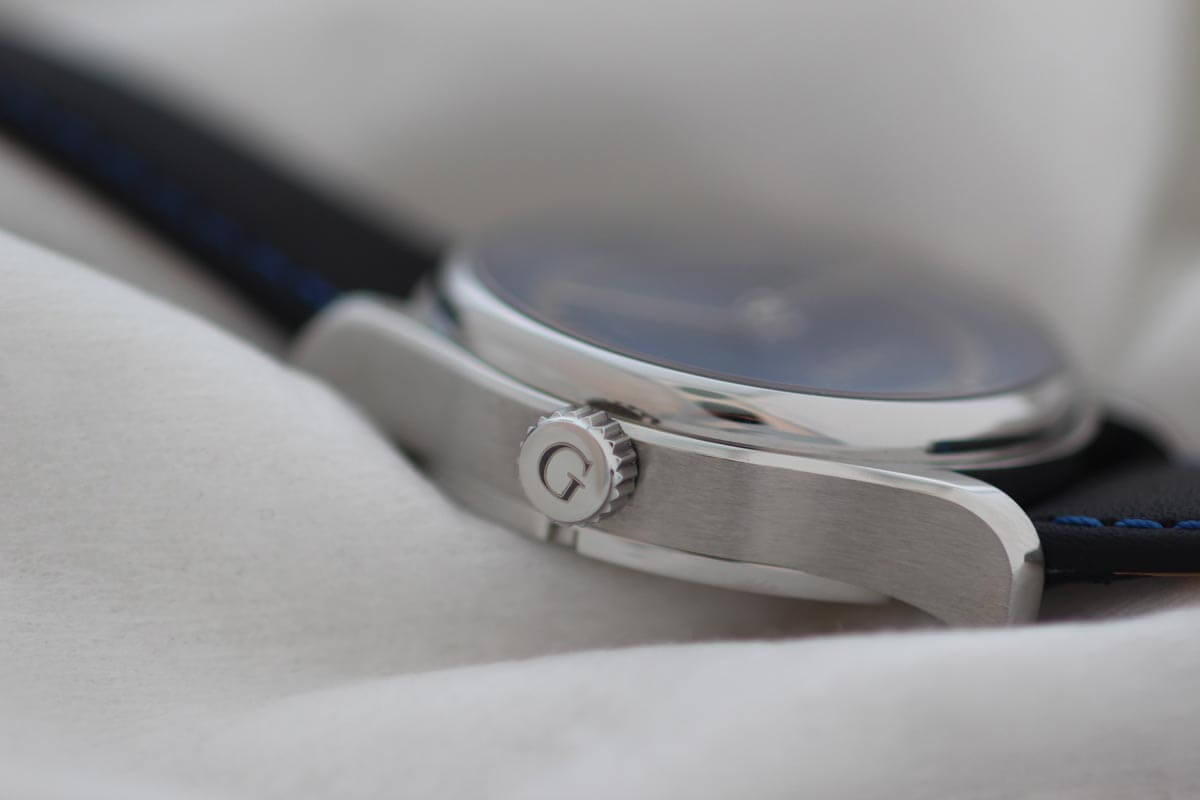
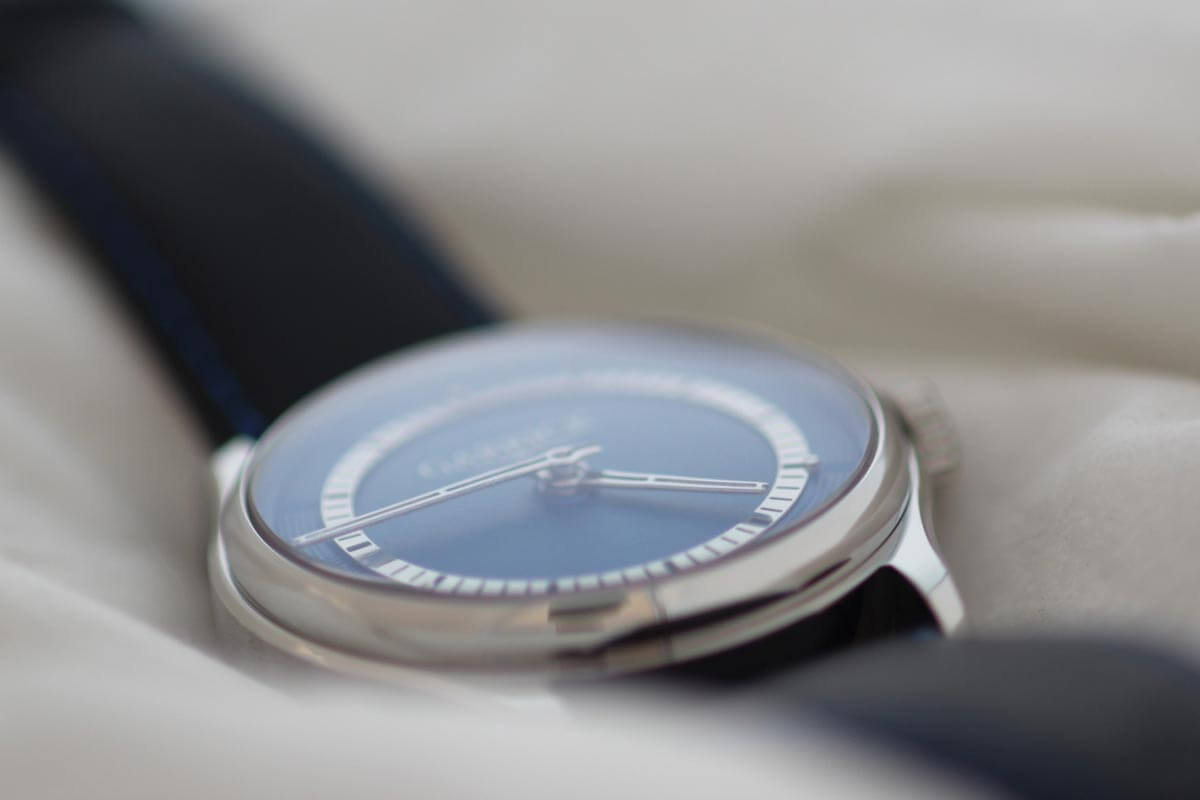
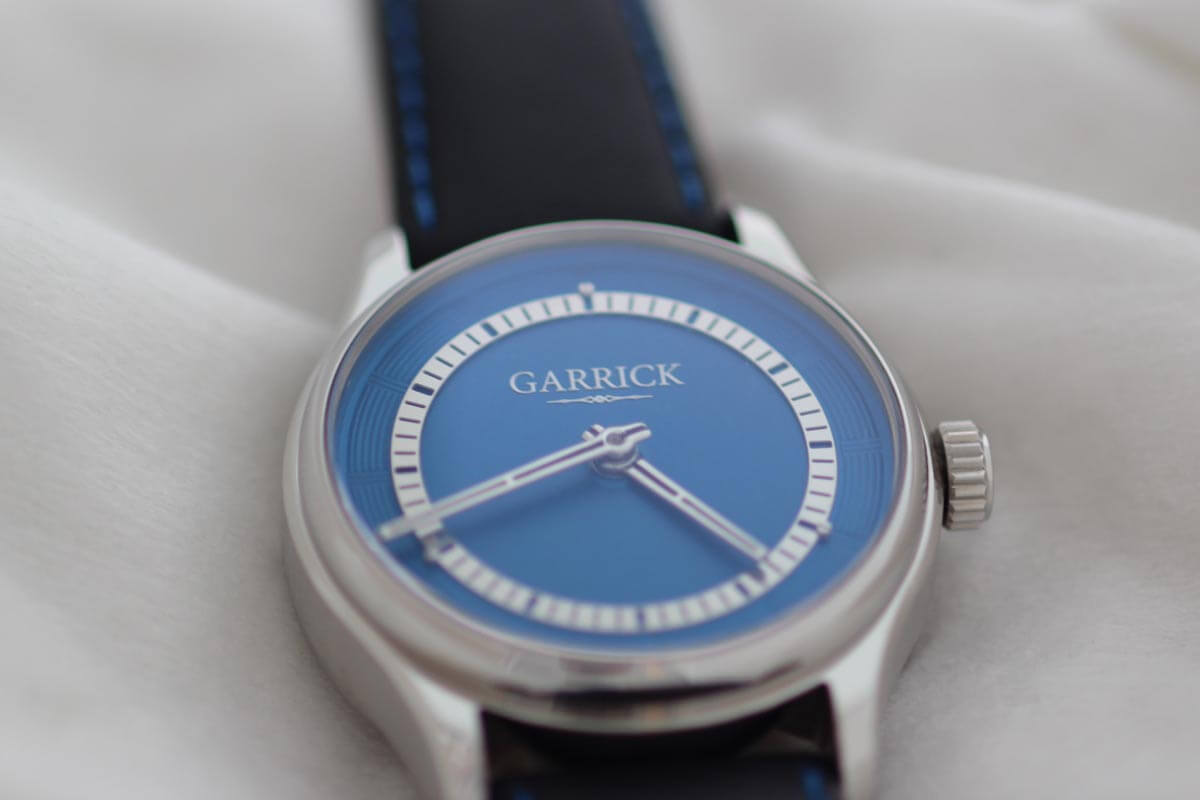
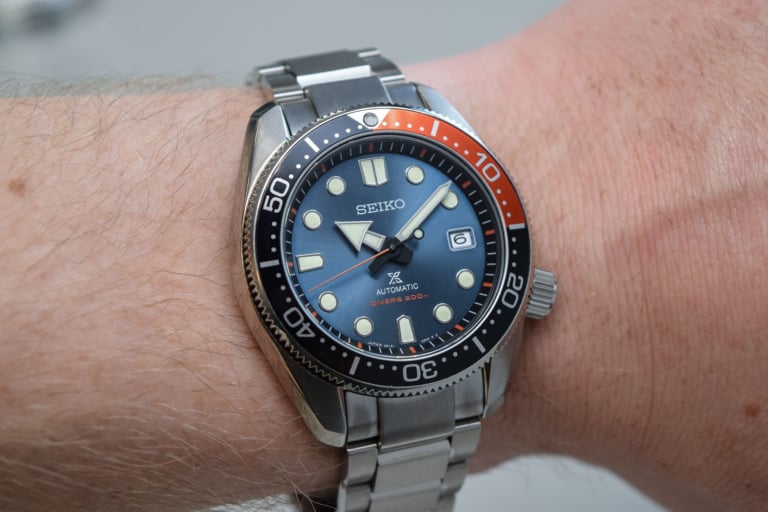
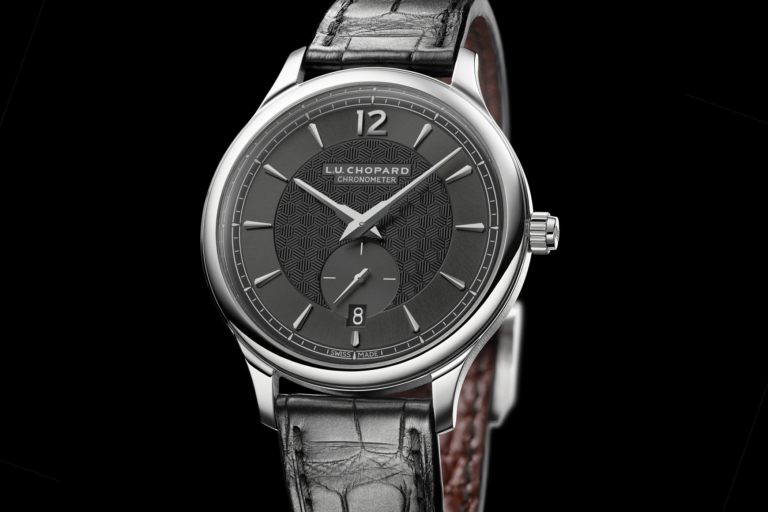
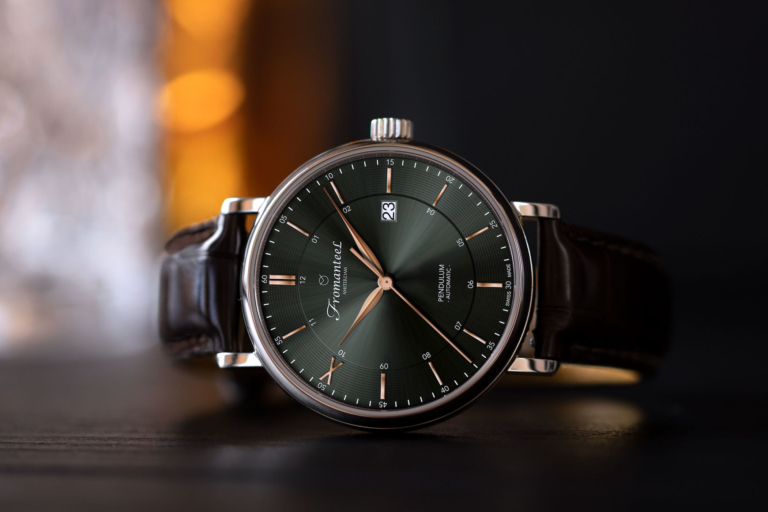
1 response
Some of the best watch photography I have seen. Great article